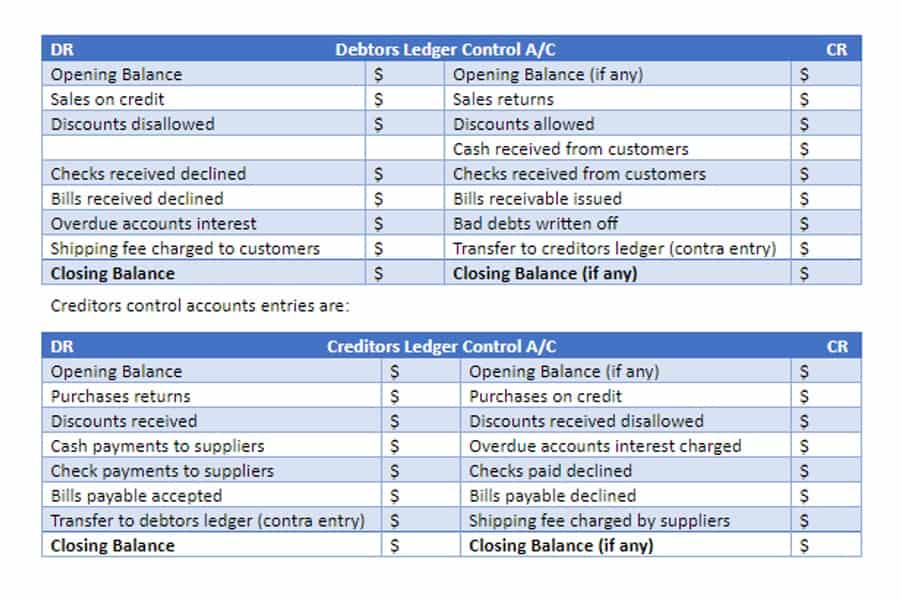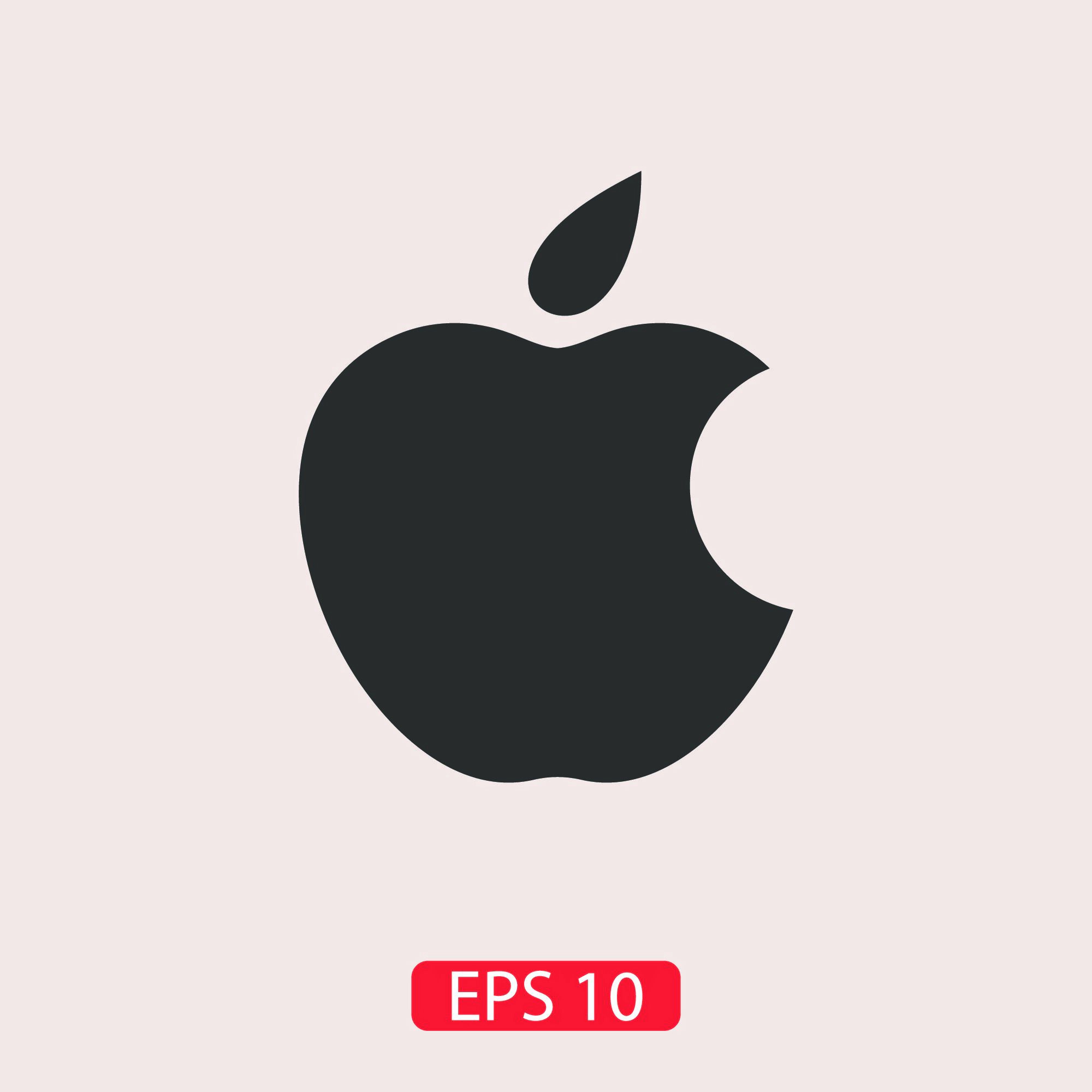
Jason has led Agile transformations at several Fortune 500 companies, including MassMutual, Capital One, and CoStar Group. He also regularly leads engagements focused on product and portfolio management. Jason writes frequently on advanced product management and consulting topics for the company blog. Jason co-created the Scrum Alliance advanced learning programs designed for the professional development of thousands of Scrum Masters and Product Owners. He went on to co-design the world’s first online, on-demand, self-paced programs for advanced Scrum education.

What are the five RAPID decision-making roles?
In addition to simplifying and clarifying the who and how around decision-making, it’s also important to clearly articulate the what—which decisions are the highest priority. In many cases, understanding what decisions are most critical can help organizations better figure out the who and the how. The faster a company can enact high-quality choices, the more value it delivers. Yet, a recent study found 80 percent of organizations report struggles with decision making.

Corporate Finance and Strategy
When everybody is on the same page after seeing all possible outcomes of a decision, it’s easier to come to a consensus. Decision trees are one of the most traditional decision-making mapping tools out there. From prediction algorithms to military planning, we use decision trees to create a bird’s eye view of the ramifications of our decisions. On the other hand, collective decision-making can be a dangerous path to deadlocks and loss of executive power.
Within Marketing and Sales
To do this, the group should have a charter that articulates its mission, with the full endorsement of the organization’s senior leadership team. The organization should also establish individual and team incentives decision making framework for the group that support the common mission. In keeping with OVIS principles, the organization limited ownership of these decisions to a single individual or body, while allocating veto power to just a few people.
- At many companies, decisions routinely get stuck inside the organization like loose change.
- The input (I) role provides expertise, experience, or information that shapes the recommendation.
- Whether this work is initiated by the C-suite or elsewhere in the organization, getting decision rights right can mean fundamentally changing many things in the way the organization operates.
- In complex organizations, there can be a tendency to prioritize decision-making with reduced accountability over ensuring the accuracy and effectiveness of choices.
- A major US media company needed to reform its decision rights process to support its transformation to a digital-first business model.
Digital Governance
A perfect storm erupted when different business units’ decisions simultaneously increased the demand for cash while reducing its supply. In contrast, a specialty-chemicals company experienced the pain of excess choreography when it opened membership on each of its six governance committees to all senior leaders without clarifying the actual decision makers. All participants felt they had a right (and the need) to express an opinion on everything, even where they had little knowledge or expertise.

This is why the common advice to focus on “who has the decision” (or, “the D”) isn’t the right starting point; you should worry more about where the key points of collaboration and coordination are. Swelling stockpiles of data, advanced analytics, and intelligent algorithms are providing organizations with powerful new inputs and methods for making all manner of decisions. Corporate leaders also are much more aware today than they were 20 https://www.bookstime.com/ years ago of the cognitive biases—anchoring, loss aversion, confirmation bias, and many more—that undermine decision making without our knowing it. Some have already created formal processes—checklists, devil’s advocates, competing analytic teams, and the like—to shake up the debate and create healthier decision-making dynamics. MIT CISR helps executives meet the challenge of leading increasingly digital and data-driven organizations.
